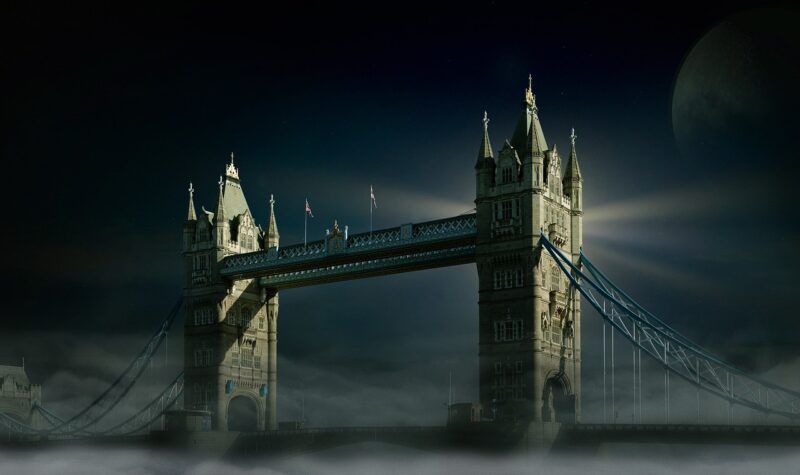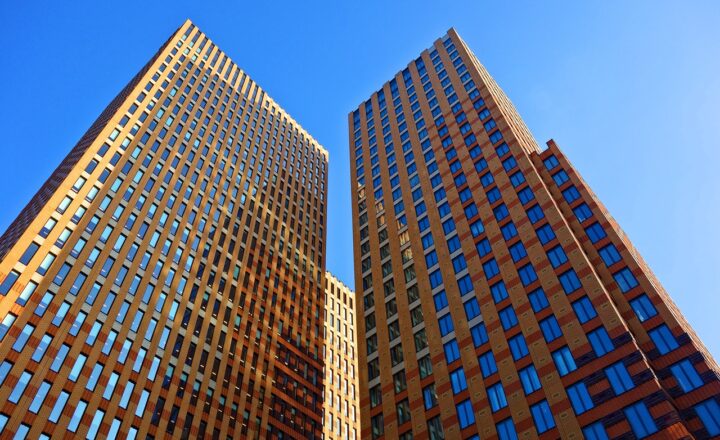How Famous Bridges Became Iconic Symbols of Connection and Art
November 18, 2024

Bridges have long transcended their practical functions of spanning barriers to become symbols of connection, culture, and artistic expression. From the majestic Golden Gate Bridge in San Francisco to the historic Ponte Vecchio in Florence, bridges are not only engineering feats but also works of art that encapsulate the spirit of their locations and the eras in which they were built. In this article, we’ll explore the history, significance, and architectural beauty of some of the world’s most iconic bridges, examining how they became enduring symbols of community, progress, and artistry.
1. The Golden Gate Bridge: A Beacon of Innovation
Constructed during the Great Depression and inaugurated in 1937, the Golden Gate Bridge is perhaps one of the most recognized symbols of America. Designed by engineer Joseph Strauss, architect Irving Morrow, and painter Dorothea Lange, this colossal suspension bridge spans approximately 1.7 miles, connecting San Francisco to Marin County. Its spectacular Art Deco style and International Orange color make it a striking sight against the backdrop of the Pacific Ocean.
The bridge not only serves as a vital transportation link but also embodies an architectural breakthrough of its time. It was regarded as one of the greatest engineering achievements of its day. Beyond its function, the Golden Gate Bridge has inspired countless artists, photographers, and filmmakers, cementing its status as a cultural icon.
2. Ponte Vecchio: The Historic Gem of Florence
The Ponte Vecchio, dating back to the 14th century, is a medieval stone arch bridge that spans the Arno River in Florence, Italy. Originally a site for shops and markets, it now houses jewelry stores and art dealers, making it a vibrant hub of commerce and culture. The bridge’s unique architecture, characterized by its three segmental arches and vibrant storefronts, reflects the Renaissance spirit of Florence.
Ponte Vecchio is more than a mere structure; it represents the city’s history, resilience, and artistry. It survived World War II’s devastation, while many other bridges were destroyed. This resilience adds to its charm, making it a symbol of hope and continuity for the Florentine people.
3. Sydney Harbour Bridge: The Coathanger of Australia
Affectionately known as the “Coathanger,” the Sydney Harbour Bridge is an iconic symbol of Sydney, Australia. Completed in 1932, it is one of the tallest and widest steel arch bridges in the world, boasting a span of over 1,650 feet. Its impressive design and engineering prowess symbolize Australia’s growth and ambition during the 20th century.
The bridge serves multiple functions, accommodating pedestrians, vehicles, and trains, while also offering stunning panoramic views of the Sydney Opera House and the waterfront. The Sydney Harbour Bridge has become a central piece in Sydney’s cultural identity, hosting events like the annual New Year’s Eve fireworks, which draw thousands of spectators to celebrate the bridge’s beauty.
4. Tower Bridge: The Heart of London
Built between 1886 and 1894, Tower Bridge is an iconic symbol of London, characterized by its Gothic-style towers and bascule mechanism that allows ships to pass through the Thames River. It is a profound example of Victorian engineering and serves as a vital transportation link while simultaneously functioning as a tourist attraction.
Visitors can explore its glass-floored walkways and exhibitions, witnessing not only the breathtaking views but also the historical significance of the bridge. Tower Bridge has captured the imagination of artists and architects alike, merging functionality with grandeur to create an unforgettable silhouette on London’s skyline.
5. The Brooklyn Bridge: A Triumph of Engineering and Artistry
Connecting Manhattan and Brooklyn since 1883, the Brooklyn Bridge is an extraordinary feat of 19th-century engineering designed by John A. Roebling. This hybrid cable-stayed/suspension bridge stretches over 1,800 feet across the East River, captivating onlookers with its majestic towers and suspension cables.
The Brooklyn Bridge is more than a mode of transportation; it is a cultural monument. Its aesthetic appeal and innovative design have made it a subject of countless artistic creations, from paintings to films. The bridge is also recognized as a national landmark and serves as a serene walkway for millions who traverse its span, connecting communities across New York City.
6. The millau Viaduct: A Modern Engineering Marvel
The Millau Viaduct in France, completed in 2004, is the tallest bridge in the world, standing at 343 meters (1,125 feet) above the Tarn River Valley. Designed by architect Norman Foster and engineer Michel Virlogeux, this cable-stayed bridge is a breathtaking blend of form and function, seamlessly integrating into the stunning landscape of southern France.
More than a feat of engineering, the Millau Viaduct symbolizes the convergence of technology and nature. Its elegant silhouette and minimalistic design showcase how modern architecture can coexist with natural beauty, making it a new icon of France.
7. Conclusion: Bridges as Art and Connection
Famous bridges around the world serve as more than simple connectors across waterways and valleys; they symbolize the ideas of connection, resilience, and creativity. From the historical to the modern, each iconic bridge tells a unique story about the people, culture, and technological advancements of its time.
As we continue to build and innovate, bridges will remain key elements in our infrastructural landscape and cultural heritage. They influence our mobility while also inspiring us to appreciate the art and connection that lie in our journeys, serving as reminders of the bridges—literal and metaphorical—that bring us closer together.







